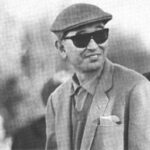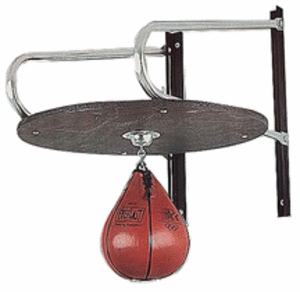Takashi Miike, Japanese director of several cult and horror films such as “Ichi the Killer,” has taken an old samurai film, “Harakiri” by Masaki Kobayashi, and remade it in 3D. The film was already a cult classic. The popularity of samurai cinema has waned over the years, so this remake might help bring back the love for the genre. For those that watch the new “Harakiri: Death of a Samurai” and want more, check out these samurai films from past and present.
Akira Kurosawa is a very famous director. He made several samurai films, so he gets his own section. Kurosawa helped to define the samurai film genre. He made famous the idea of the masterless Ronin or the wandering samurai in films such as “Yojimbo” and “Seven Samurai.” Actor Toshiro Mifune starred in both films, as well as several other Kurosawa samurai films such as “Throne of Blood,” based on Shakespeare’s “Macbeth,” and “Rashomon.” Kurosawa’s samurai film “The Hidden Fortress” inspired Lucas’ “Star Wars.” This proves that whenever someone says that a book or movie is a copy of “Star Wars,” that it is really a copy of Kurosawa.
‘Zatoichi’
Zatoichi is a popular samurai character used in many films and TV shows over the decades. He was a blind masseur with some awesome sword skills. The idea of having Luke in “Star Wars” play around with the lightsaber blindfolded suddenly sound familiar? Remember movie scenes where swordsmen slice candles in half nice and neat? Yeah, thank Zatoichi for those. The 2003 “Zatoichi” is the newest film with the blind samurai. Beat Takeshi, a beloved Japanese comedic actor, directed and stars in the film. “Zatoichi” tells the same story, but thanks to Beat Takeshi, there is humor and even a dance number.
‘Hana: The Tale of the Reluctant Samurai’
“Hana” is a very different kind of samurai film. It shows two sides to the samurai way of life and idea of loyalty. The samurai in the film, Soza, is supposed to get revenge on the man who killed his father. Instead, he hangs in the slum, teaches children, and puts on plays. This is not how a samurai should act. He should avenge his father to regain honor or commit seppuku, a ritual suicide. On the flip side, a small group of samurai, part of the famous 47 Ronin, are in the same slum. They fulfill their duty as samurai. They get revenge and commit seppuku. The film questions which samurai did the right thing. This is not a heavy dramatic film. It has plenty of light humor.
‘The Twilight Samurai’
“The Twilight Samurai” earned a Best Foreign Film Oscar Nomination for its portrayal of samurai life during a time when samurai life was dying. It also won several Japanese Academy Awards. The samurai in the film is a businessman by day and takes care of his daughters and senile mother at night. He is asked to kill another samurai who failed to commit seppuku, and in return, would receive a much-needed promotion. All he wants is to have a happy, normal life with his family and start a new one with a woman he likes.






